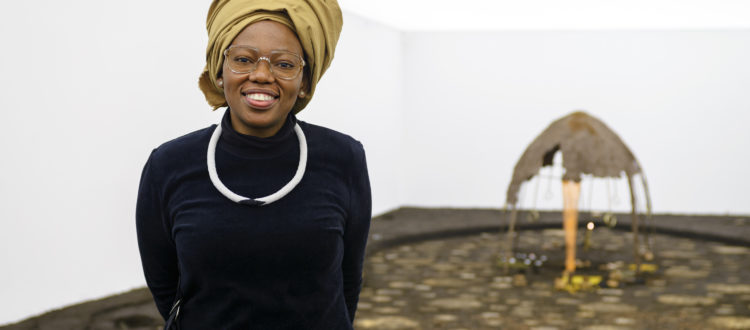
Dineo Seshee Bopape is a South African contemporary artist known for her multimedia installations, video art, sculptures, and performances, in which she incorporates organic materials like soil (EARTH), coal, ash, and clay. Her environmental installations delve into themes of memory, identity, and belonging, pushing visitors to experience soil in a completely different way.
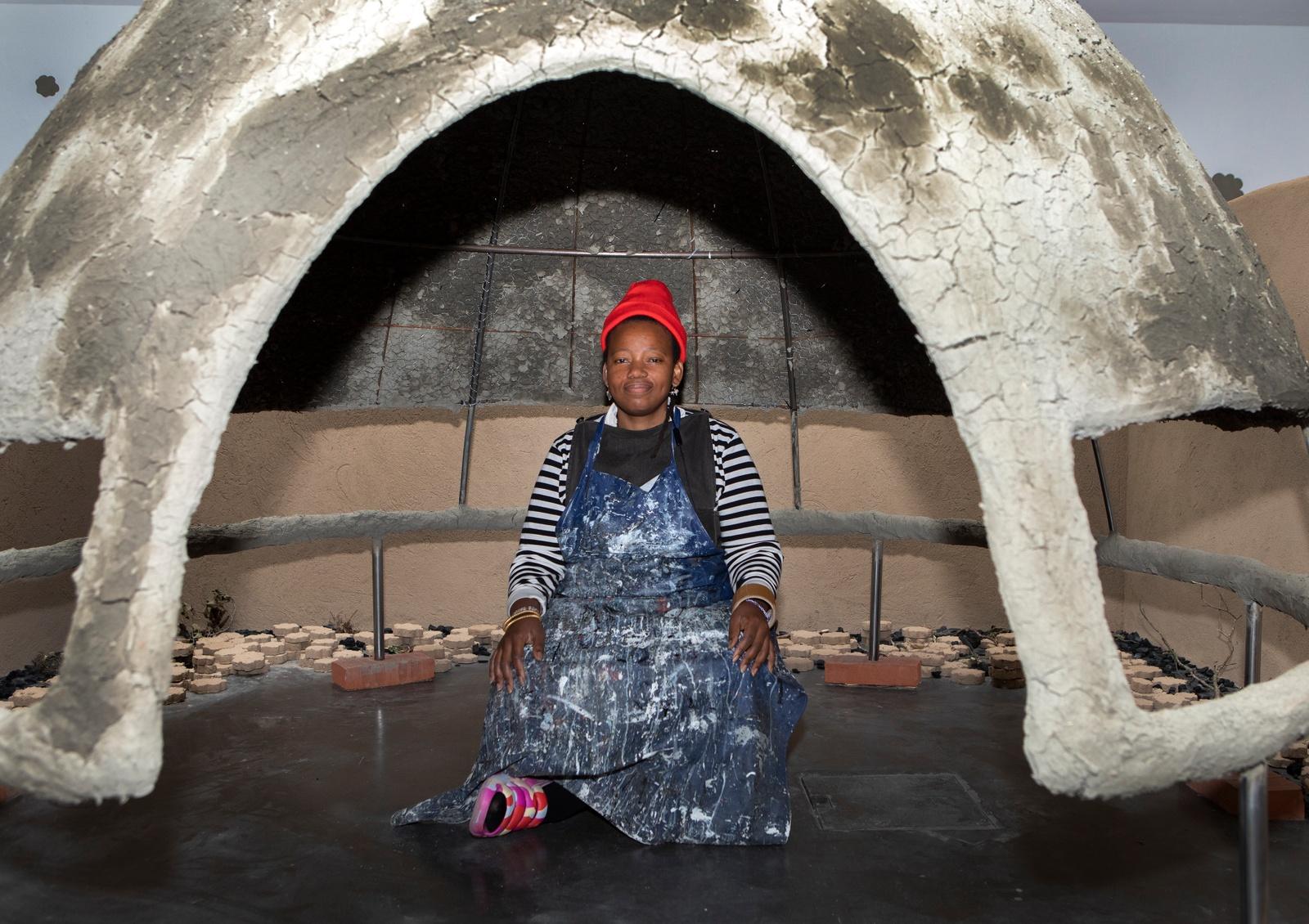 Bopape’s art draws heavily on African cosmologies, oral histories, and indigenous knowledge systems, addressing the complexities of belonging and displacement. Born in Polokwane, South Africa, the artist takes from her own experience and weaves narratives that investigate archetypes and myths in which the female figure plays a central role.
Bopape’s art draws heavily on African cosmologies, oral histories, and indigenous knowledge systems, addressing the complexities of belonging and displacement. Born in Polokwane, South Africa, the artist takes from her own experience and weaves narratives that investigate archetypes and myths in which the female figure plays a central role.
Her practice reflects on the body, emotions, trauma, and the unseen or spiritual dimensions of life. Her installations evoke layered meanings and leave room for ambiguity. Viewers must therefore engage with both material and metaphor.
With memory, belonging, and place.
Her installations have been featured all around the world, making it toPirelli HangarBicocca’s gallery in Milan, Italy with Born in the first light of the morning [moswara’marapo].
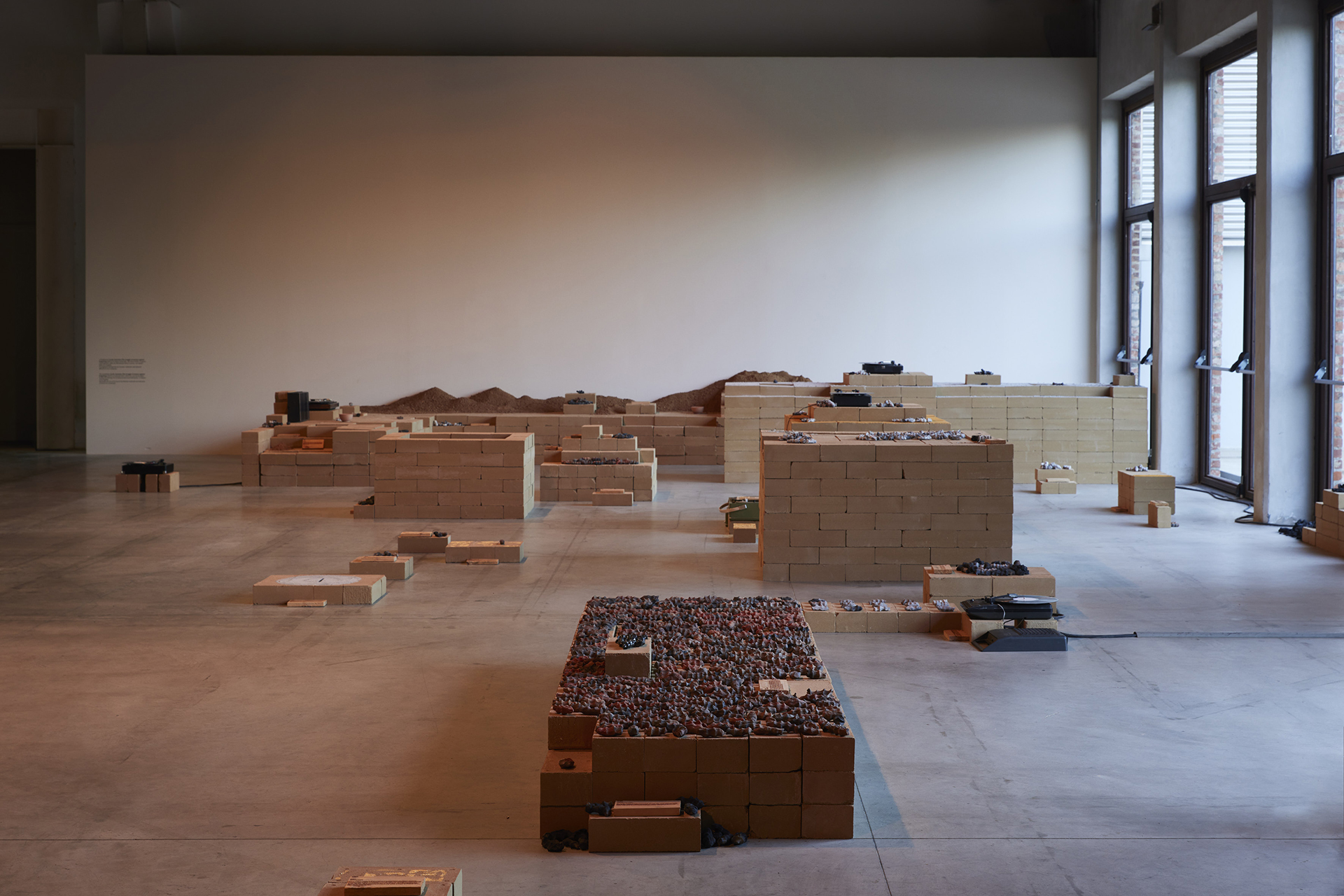

 This exposition asks the question: What Memories are preserved in Stones, Water, and Earth?
This exposition asks the question: What Memories are preserved in Stones, Water, and Earth?
Here, historical and geographical references are brought together, to reflect on the memory, and more specifically the transmission of memory through natural elements like water and earth, and the use of sounds and words as healing. The installation draws on the symbolic use of earth, organic elements, and rituals, alluding to ancestral connections, healing practices, and African cosmologies. “Moswara’marapo” translates from Sesotho to “the smell of bones,” which adds a layer of meaning to the work, suggesting ideas of mortality, memory embedded in the earth, and the cycles of life and death.
“Born in the first light of the morning [moswara’marapo]” is just one example of the ways Dineo Seshee Bopape translates memory, spirituality, and materiality into powerful artistic experiences. But her work extends far beyond this single installation. From “Untitled (Of Occult Instability) [Feelings]” to “More/Moreana,” Bopape’s art challenges us to engage deeply with themes of identity, healing, and historical trauma.
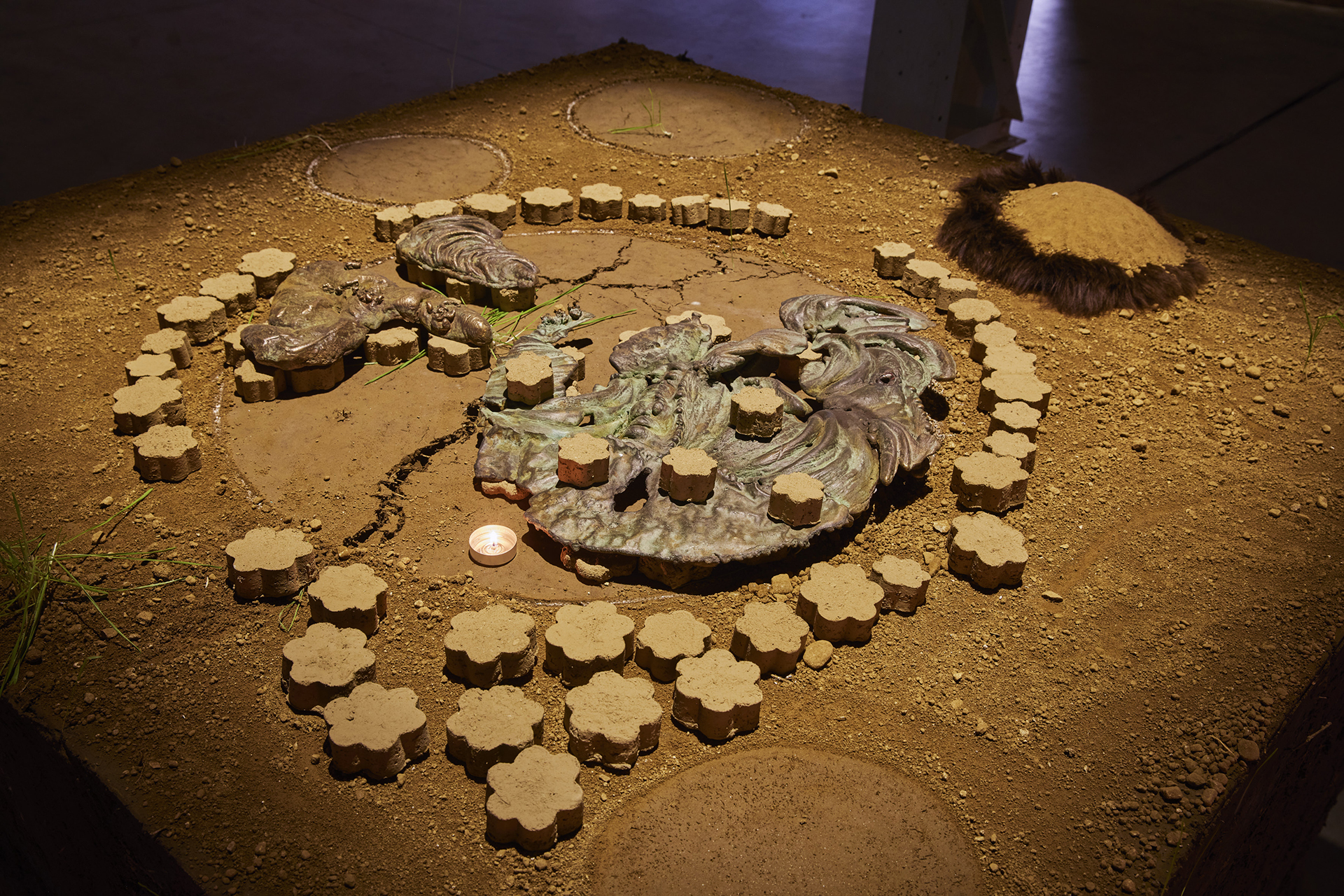
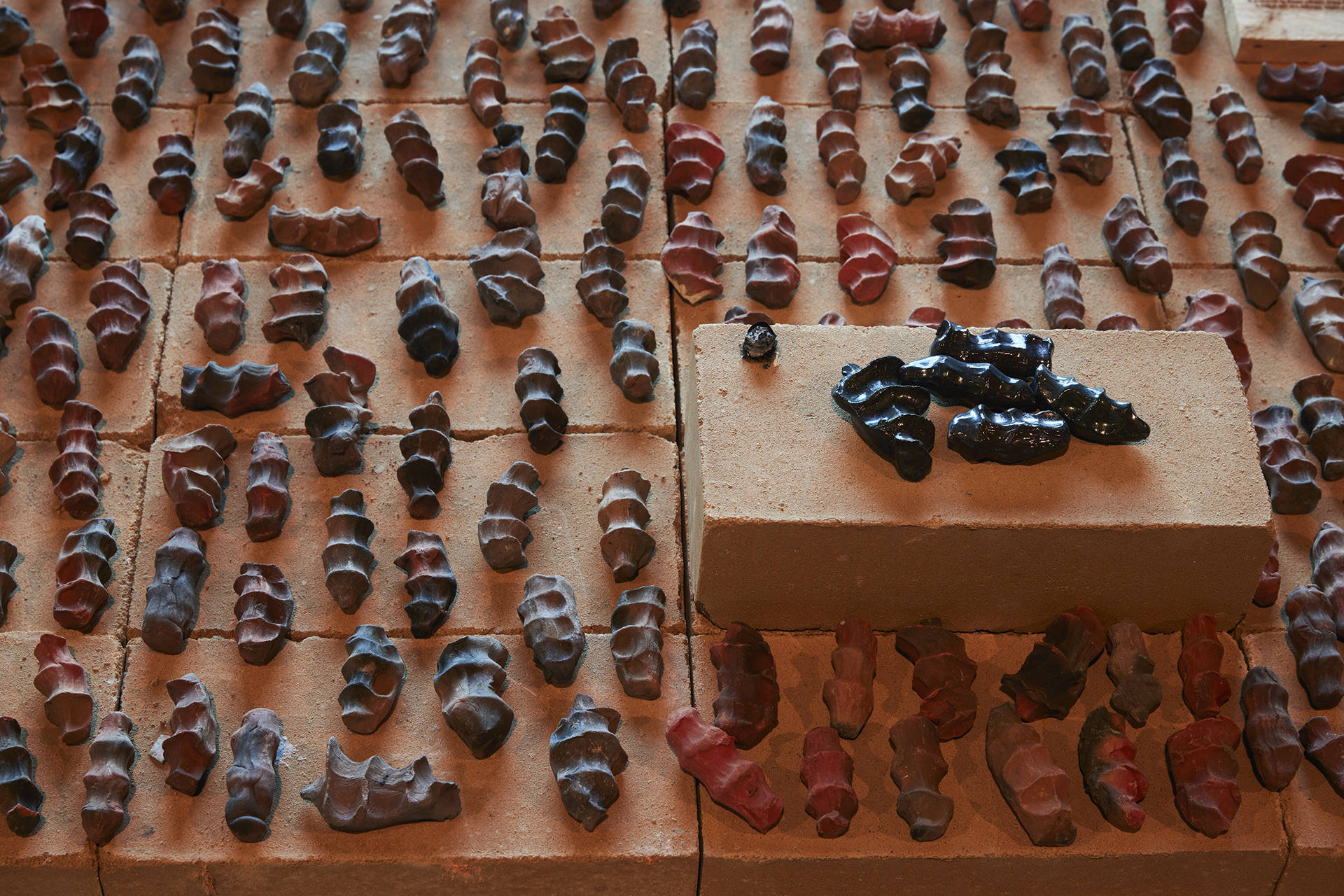 Her use of natural elements like soil, water, and ash does more than reflect the material world—it urges us to question our relationship with these elements. Her work invites us to consider how land and memory are intertwined and how ancestral knowledge persists within the earth and within us. Through her installations, Bopape reminds us that nature is not just a backdrop to human experience but a living archive that holds our histories, traumas, and hopes for transformation.
Her use of natural elements like soil, water, and ash does more than reflect the material world—it urges us to question our relationship with these elements. Her work invites us to consider how land and memory are intertwined and how ancestral knowledge persists within the earth and within us. Through her installations, Bopape reminds us that nature is not just a backdrop to human experience but a living archive that holds our histories, traumas, and hopes for transformation.
References
